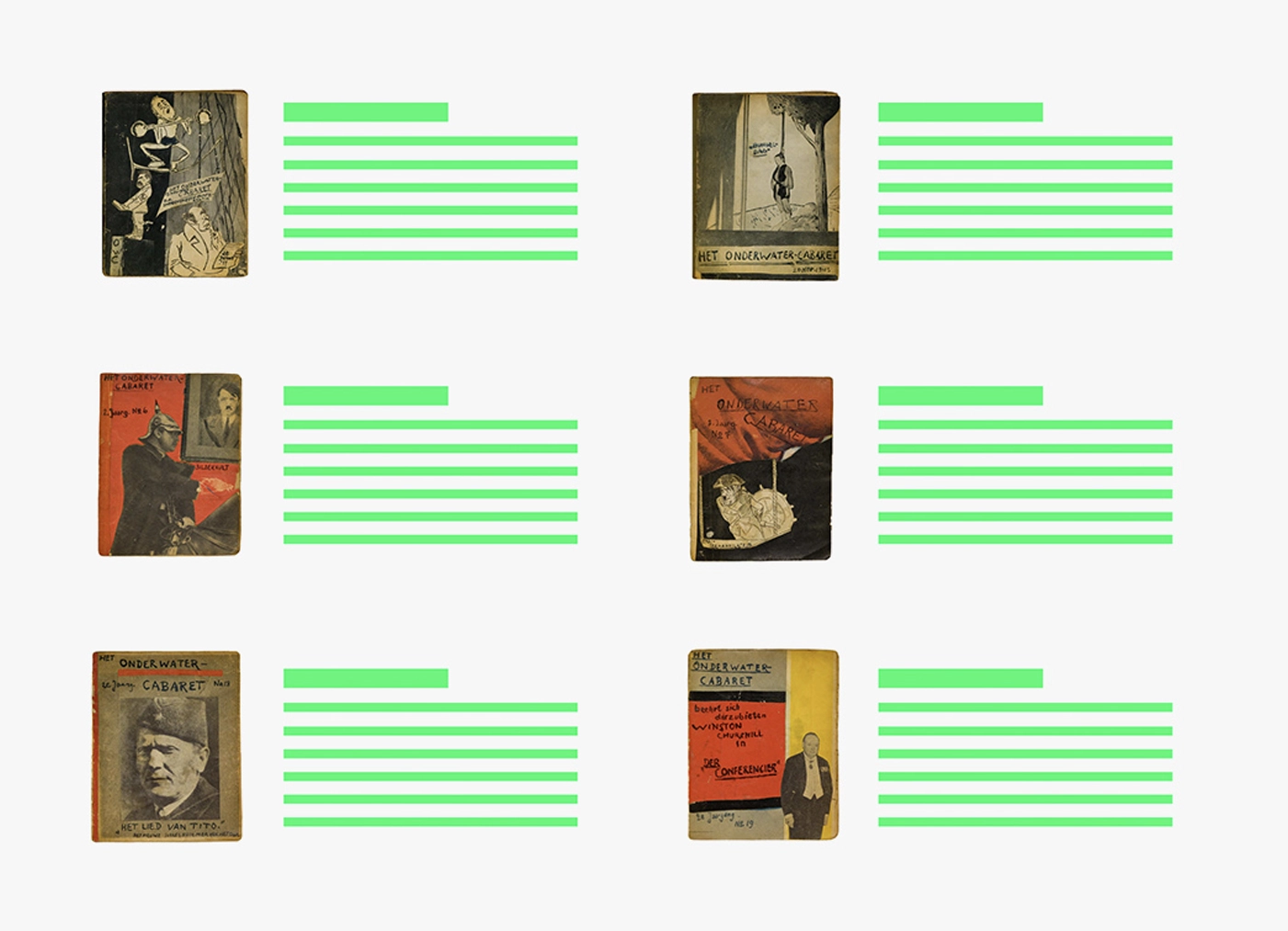


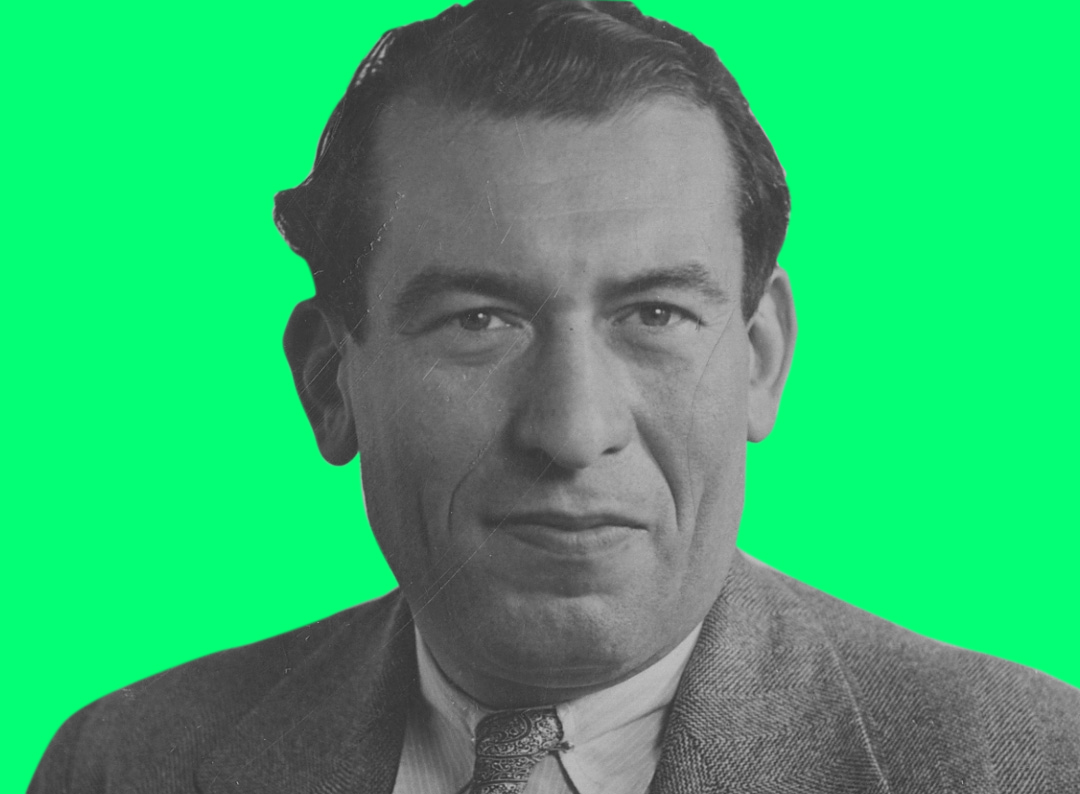
Curt Bloch was born in Dortmund, Germany in 1908. After completing his law degree and earning a doctorate in the field of jurisprudence he was barred from practicing when in 1933 Jews were banned from practicing the profession by Nazi decree. When his life was threatened by a Nazi colleague, Bloch left Germany, finding refuge in the Netherlands. In May 1940, the German Wehrmacht invaded the Netherlands. Thereafter the policy of marginalization and harassment of the Jews became the law there as well. Over a short period of time the German Occupation resulted in escalated persecution of the Jews. Systematic arrests, mass deportations, and casual murder of Jews escalated. In 1942 Curt Bloch went into hiding – until liberation in 1945. After the war, he remained in the Netherlands for three years, during which he married and had a child before emigrating to the United States. Curt Bloch died in New York in 1975.
Curt Bloch was born on November 9, 1908, as Kurt David Bloch in Dortmund, the first born child of Paula and Siegfried Bloch. In the early 1920s, having returned from serving in the German Army during WWI, Bloch’s father bought a small building on Reinoldistrasse in Dortmund. The family of five lived in the apartment above, on the ground floor Paula Bloch owned and operated a delicatessen.
Siegfried Bloch was born on March 4, 1874, in Breitenbach near Kassel. (Curt would go on to incorporate his father’s birthplace in his pseudonym, Cornelis Breedenbeek.) Siegfried Bloch moved to Dortmund at 33 and married Paula Kaufmann, who hailed from Kassel. The couple made their first home on the Arneckestrasse, between 1908 and 1913. From there they moved to the Ludwigstrasse. In April 1913 they moved to the Reinoldistrasse. Siegfried worked as a sculptor and a merchant, according to the city archives. Siegfried Bloch died on February 1, 1934, due to unspecified health complications he suffered while serving his country on the front lines. His grave is in the Jewish section of the Dortmund Hauptfriedhof (main cemetery).

Paula Kaufmann was born on April 14, 1883. She grew up in Kassel, and left for Dortmund on August 23, 1907, where it is recorded that she moved in with Siegfried Bloch, six days before they married. Paula opened her delicatessen in 1933 and in her correspondence kept Curt informed of her experiences of humiliation, reprisals, and vandalism. In November 1934, a paving stone shattered her shop window and though that was repaired, the situation worsened. Ultimately, her store was destroyed November 9, 1938 during the Reichspogromnacht, also known as Kristallnacht. She hastily sold the building that had housed both her family and her business, and left Germany on July 8, 1939. On May 5, 1943, she was picked up together with Helene in the city of Leiden, taken to the Sobibor extermination camp and murdered there at the age of 60. Her date of death is recorded as May 21, 1943.
Erna Bloch was born on April 6, 1912 in Dortmund’s Dudenstift. As a young woman, she traveled, making her home in — among other places— Wiesbaden and Amsterdam. On October 22, 1935, she married Max Levy, a cattle dealer. The wedding took place in Dortmund, and thereafter the couple moved to the husband’s home town of Breyell. Like several others, Max Levy was rounded up and imprisoned during the Kristallnacht pogrom. He was released, but Erna and Max were later deported from Düsseldorf to Riga on December 11, 1941. There, the couple was separated. Max died at the Salaspils camp, and Erna was forced into the Riga ghetto and from there to the Stutthof concentration camp in October 1944. Neither the date nor the manner of her death is specified. She did not survive.
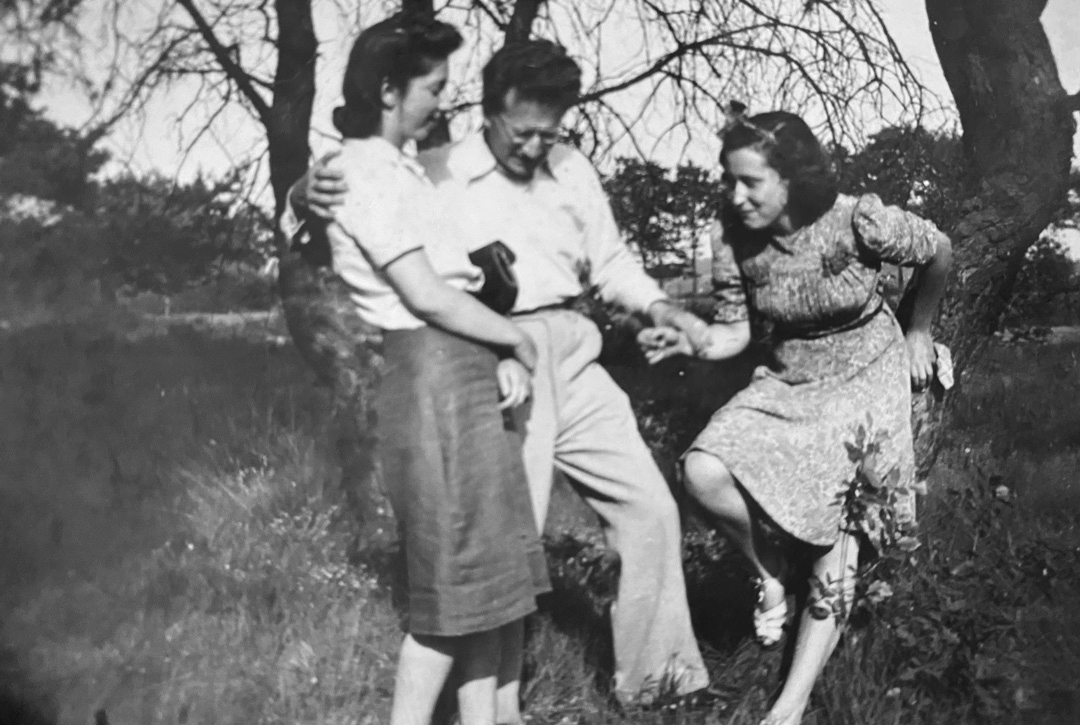
Helene Bloch was born on August 30, 1923 in Dortmund’s municipal clinics. She lived in the family household at Reinoldistraße 21 until March 1939 and then escaped Germany to The Hague where she lived with her big brother, Curt. After her mother’s arrival in Holland she lived with her mother in Enschede. On May 5, 1943, 19-year-old Helene was arrested together with her mother in Leiden and murdered in Sobibor on May 21, 1943.
Curt Bloch was the only member of his immediate family to survive the Holocaust.
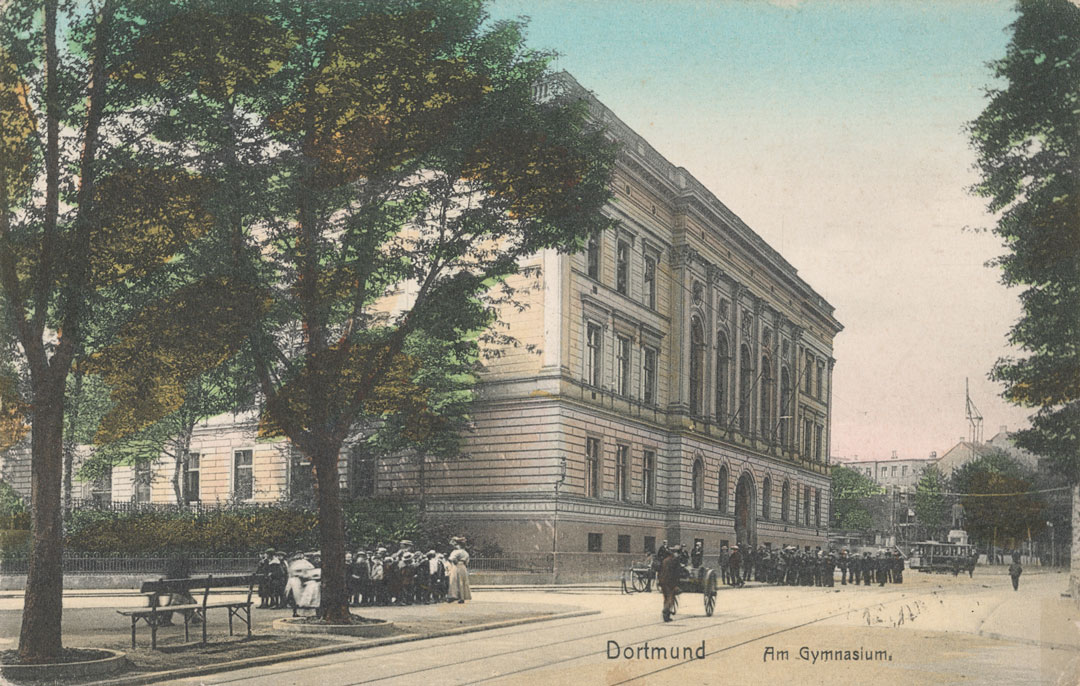
After elementary school, Curt Bloch attended the Stadtgymnasium Dortmund from 1918. It still exists today. In 1927 Curt Bloch graduated from Stadtgymnasium Dortmund to pursue his career in law. As was customary in Germany at the time he moved about, he studied at several universities. He spent three semesters in Bonn, two in Berlin, one in Freiburg and one in Erlangen. In November 1930, Bloch passed his first state examination in law and on December 14, 1930, he was awarded his doctorate in law.
In March 1931, Bloch was accepted as clerk at the Higher Regional Court of Hamm and began his legal clerkship in Dortmund. His rotations included district court, the civil division, the criminal division, the public prosecutor’s office and the regional court.
At the same time, he was active as a journalist: writing for the left-liberal General-Anzeiger für Dortmund, the largest German daily newspaper outside of Berlin. Bloch examined and commented on legal issues, and at least one of his texts was published as an editorial.
When the National Socialists came to power in January 1933 the anti-Semitic “defensive struggle” began. Curt Bloch was forced to face the end of his professional career when, in early spring 1933, all Jewish state lawyers and attorneys were ordered to submit applications for leave immediately. As of April 1933, Curt Bloch’s legal career was suspended.
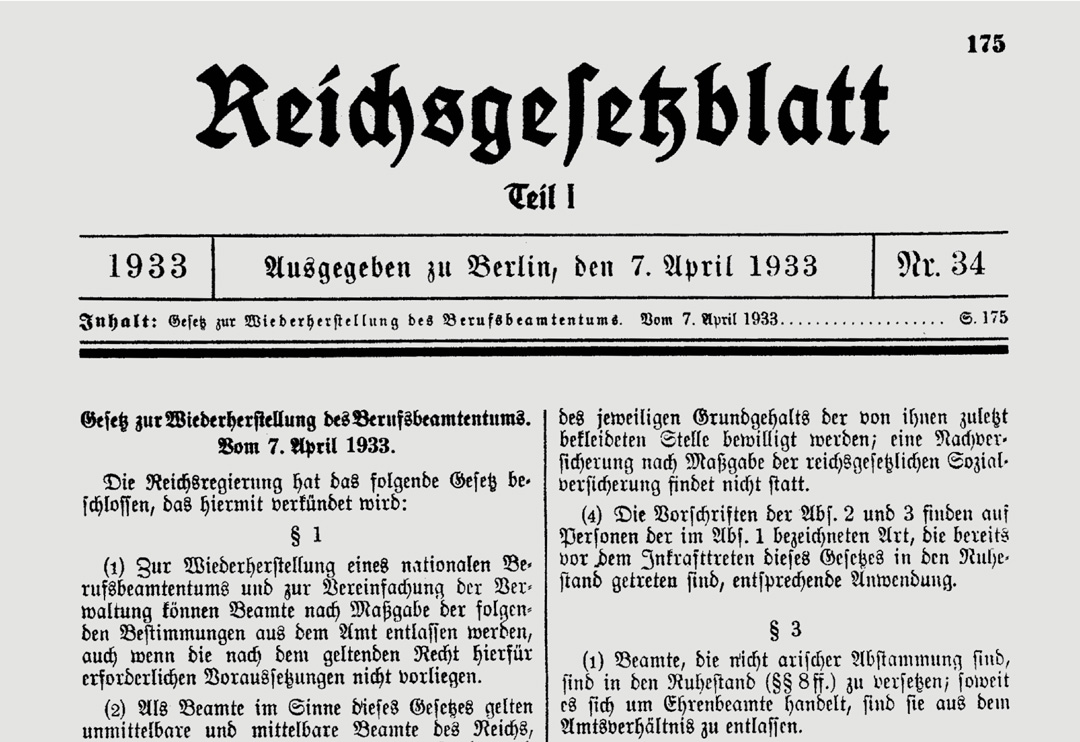
On April 29, 1933, Curt Bloch left Germany for the Netherlands. Somewhere along the way, prior to commencing his professional career, he had changed his first name from Kurt to Curt. Now, after his departure, his parents forwarded a disingenuous request from his office. He must submit a declaration of his eligibility to be considered under the “Protective Provisions of the Law for the Restoration of the Professional Civil Service” or his resignation. Jewish front-line fighters in the First World War were exempt from the so-called “Aryan paragraph,” as were children of fathers who had died at the front. Curt Bloch delivered a succinct yet mocking response, a hallmark of his style in the “Onderwater Cabaret”:
Declaration
I declare that I did not fight at the front, as I was only 5½ years old when the war broke out. My father was a front-line soldier but did not die in the war. I have no reason to apply for my release from judicial service.
Dr. Curt Bloch, court clerk
Nevertheless, on August 31, 1933, Curt Bloch was officially dismissed.
The publishing house of the “General-Anzeiger für Dortmund”, for which Curt Bloch had written as a trainee lawyer, was also confiscated in 1933 – because of the publication of a drawing on Adolf Hitler’s 44th birthday, which was seen by the National Socialists as a “mockery of the Führer.” Bloch, who classified himself as politically left-wing, remained in contact with the publisher Jakob Stöcker.
In the Netherlands, Curt Bloch initially settled in Amsterdam, learned the Dutch language, and worked for an Asian import company. In 1934, he was employed by Perez, a carpet retailer, in Amsterdam. In 1936 he moved to their branch in The Hague. His sister Helene, 15 years his junior, often visited her older brother on her school vacations.
After the German Wehrmacht occupied the Netherlands in May 1940, German Jews were forced to leave the coastal areas. Perez transferred Curt to Enschede. In September, Curt moved into a house at Kamerlingh Onneslaan 26 in Enschede where he lived under one roof with his mother and sister Helene. After the German Occupation in 1941, anti-Semitic decrees increasingly restricted the lives of Jews in the Netherlands to the same degree as they had in Germany (see also Persecution of the Jews).
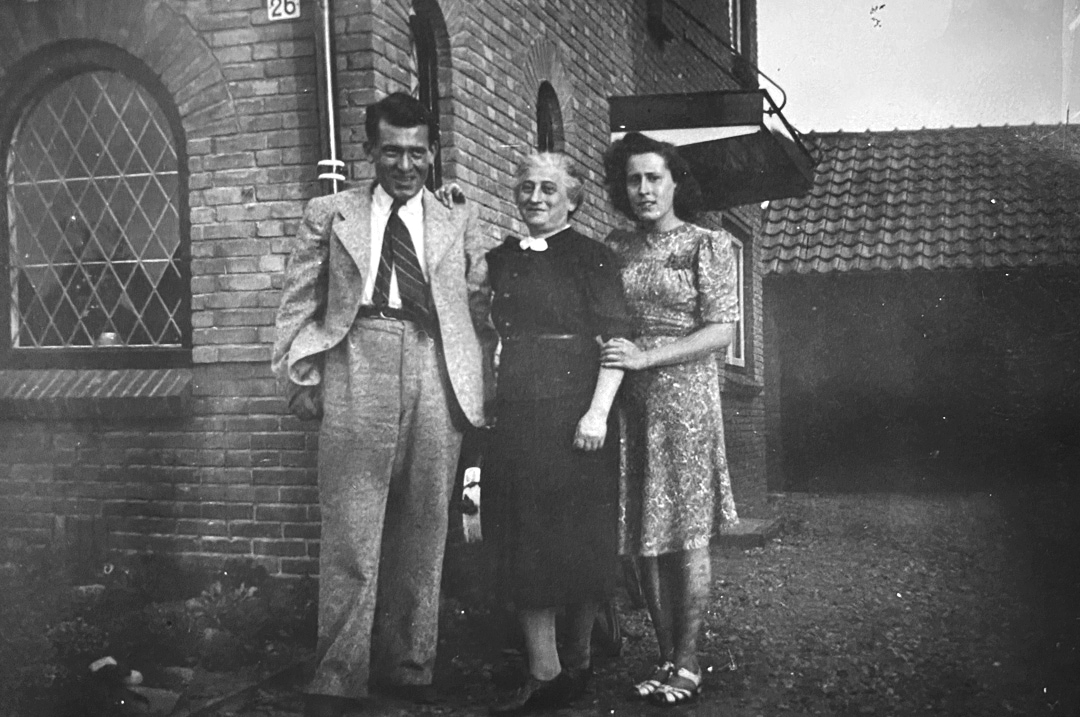
In September 1941, following a sabotage operation on telephone cables belonging to the German occupying forces, 105 Jewish men from the Enschede area were arrested and deported to the Mauthausen concentration camp where they were murdered. The news of this mass execution horrified many people in Enschede and they mobilized under the leadership of Leendert Overduin, a pastor in the Reformed Church. Along with his sister Maartje Overduin set up a support network to help the Jews, sheltering many of them in his own home and finding trustworthy allies.
During this time, the German occupiers enforced the “Aryanization” of Dutch businesses, and Curt Bloch became ineligible to work legally. Dismissed by the Perez carpet company, he took up a job with the Jewish Council of Enschede, advising Jews who wanted to emigrate abroad. At the same time, he worked as a self employed art dealer to support his family.
From May 1942, Jews in the Netherlands had to wear a clearly visible yellow Jewish star pinned to their clothing. In July 1942, the mass deportations of Jewish people to labor and extermination camps begin.
In August 1942 Curt Bloch received his summons to “work in Germany,” (synonymous with concentration camp). It was then that he opted instead to go underground and arranged for his mother and sister Helene do the same. The Overduin network provided assistance.
Not all of their hiding addresses are known, but we do know that Curt spent roughly two years in the attic of a childless couple, the Mennekens at Plataanstraat 15 in Enschede and from December 1944 he found refuge with the Hulshof family at Wensinkweg 13 in Borne, around 20 kilometers northwest of Enschede.
Paula and Helene were arrested and taken from their hiding place in Leiden, to the Westerbork transit camp, from which they were transported to the Sobibor extermination camp where they were murdered in May 1943. Although he was aware they had been discovered, Curt Bloch only became certain of their deaths after the end of the war.
Curt Bloch wrote poems to keep himself mentally occupied and to entertain his hosts and others in hiding. On August 22, 1943, Curt Bloch published the first issue of his Onderwater Cabaret – a total of 96 magazines had been published by the time Enschede was liberated in April 1945.
Curt Bloch survived the Nazi occupation in various hiding places. Thanks mainly to Pastor Overduin’s strong resistance network, 500 of the approximately 1,300 Jews living in Enschede survived the German occupation. On April 3, 1945 – two days after the liberation of Enschede – Bloch’s last issue of the “Onderwater Cabaret” was published. At the age of 37, he had to begin again.

In Amsterdam in 1945 Curt Bloch met Ruth Kan at a dinner at the home of mutual friends of friends, all of whom had survived Nazi persecution. Ruth was 17 years younger than Curt and had survived several concentration camps including Auschwitz, working as a forced laborer for Philips. Like Curt, Ruth came from Dortmund originally and had lost her father, mother, and only brother. The two married in July 1946 and their son Stephen was born in Amsterdam in May 1947.
Having lost their families and many, many friends, Ruth and Curt Bloch wanted to leave Europe behind. They considered various possibilities, among them South America and Palestine but ultimately the couple chose to emigrate to the United States. On April 20, 1948, they boarded the passenger steamer “Nieuw Amsterdam” with their one-year-old son Stephen.

A week later, on April 27, 1948, the Bloch family disembarked in Hoboken, directly across the Hudson River from Manhattan. In the US, Curt’s German law degree was useless and he found work on the early shift as a helper in a margarine factory and later as a helper in a meat processing factory. In 1953, he was granted US citizenship. In the same year, he sent an application for restitution to the German authorities. According to the decision of December 31, 1954. He received the pension benefits of a district and regional court judge retroactively from April 1, 1950.
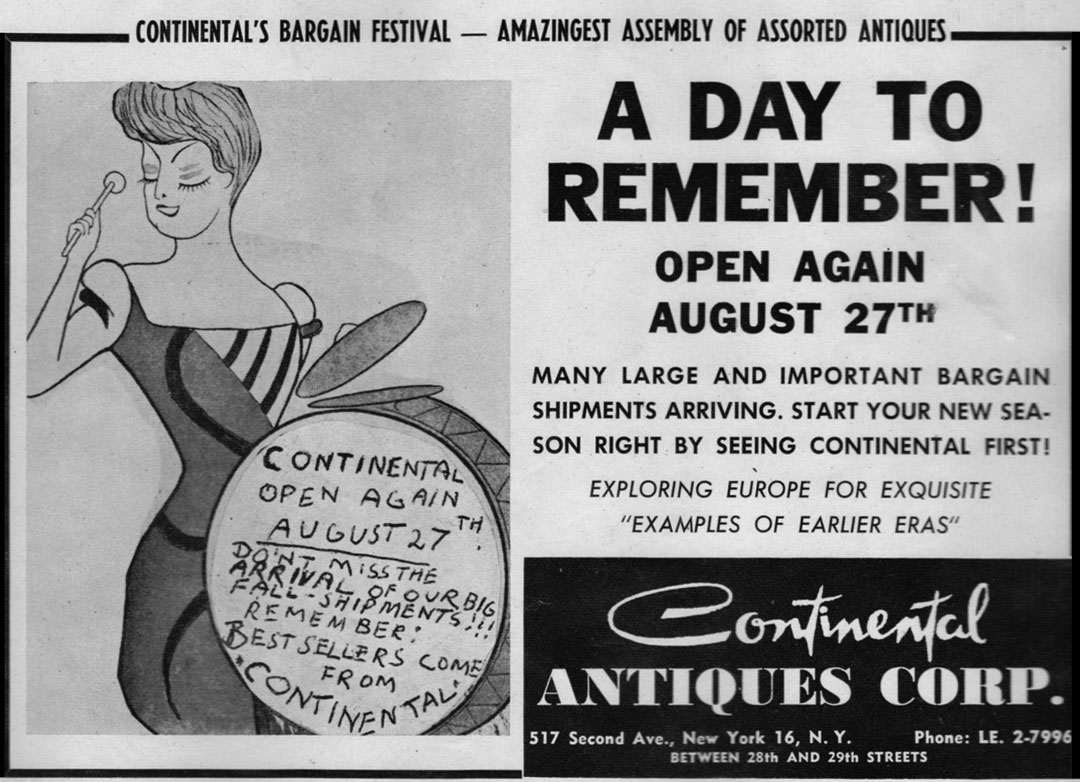
The son of two merchants, Curt saw following in his parents’ path as the most feasible. He invested his German restitution into his own business and established himself as a knowledgeable antiques dealer in New York. This requires frequent trips to Europe, where he travels in a Peugeot station wagon, acquiring old furniture and accessories at antique fairs and flea markets. “Continental Antiques Corporation” is eventually located at 517 2nd Avenue. Between Curt’s buying trips he worked side by side with Ruth, whose “charming European accent” made their wares all the more exotic to an American clientele. Their daughter Simone was born in 1959.
Curt Bloch also returned annually to Dortmund to visit his father’s grave and visit Fritz Harders, a life-long non-Jewish friend from the Stadtgymnasium who made his home nearby. When, in 1972 the class of 1927 came together for their 45th class reunion, Curt Bloch attended with Fritz. A former classmate greeted him with the words: “Curt, we weren’t expecting you!”
Curt Bloch died on 14 February 1975. In 2024, his wife Ruth still lives in New York at the age of 98.
We would like to thank the Dortmund City Archive for the use of the compiled information. For a more in-depth study of the historical circumstances and further biographical details, we recommend the (Dutch) book Het Onderwater-Cabaret by Gerard Groeneveld and a visit to the exhibition Mein Dichten ist wie Dynamit at the Jewish Museum Berlin (February 9 to May 26, 2024).